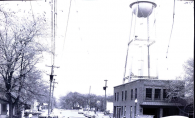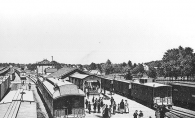Sara Markoe Hanson from the White Bear Lake Area Historical Society shares some history about past quarantines.
Then & Now
In the 1870s, White Bear had no regular opportunity for area Catholics to attend Mass without traveling to surrounding communities.
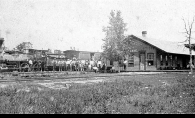
The railroad played a significant role in the development of White Bear and the surrounding area. When the Lake Superior & Mississippi Railroad opened its line through White Bear in September 1868, access to the lake area was greatly enhanced.

What is today North Oaks began as a vision belonging to James J. Hill, “The Empire Builder,” who was born in Ontario, Canada and arrived in St. Paul in 1856.
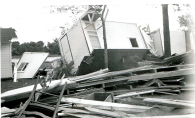
Many will remember Thursday, September 4, 1941, as the day disaster struck White Bear. A cyclone tore through the downtown and adjacent residential area during midday, when many were not at home.
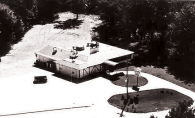
The Piccadilly in Mahtomedi grew out of humble beginnings as a small restaurant just outside the gates of Wildwood Amusement Park. In 1914, Beulah Johnson opened her lunch counter in the building she had built, located at what is now known as 92 Mahtomedi Avenue.

There is a universal need for words of love and encouragement, especially for troubled and hurting teenagers.
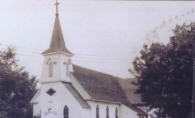
The building that has housed Lakeshore Players at the corner of Sixth Street and Stewart Avenue in White Bear Lake for over 40 years was originally constructed as the Swedish Evangelical Lutheran Church in 1888. It is the oldest church building that still stands in White Bear.

Minnesota is the land of 10,000 lakes, and living in White Bear Lake, we are aware of the profundity and importance of our own crystalline shores. But aside from fun summer activities and ice-skating in the winter, what do all of these lakes bring? Boats—and lots of them!
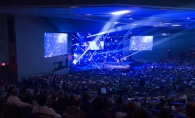
Eagle Brook Church is currently the largest church in the state and is ranked the 11th largest in the country, according to Outreach Magazine.

Tally’s Dockside has been a fixture on the western shore of White Bear Lake since it opened in 1939 as the Anchor Inn.







